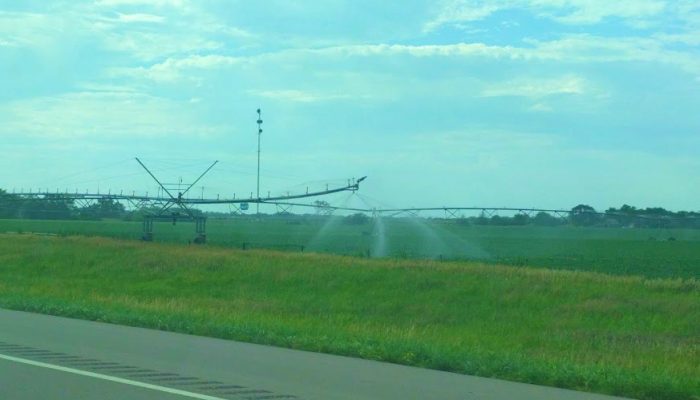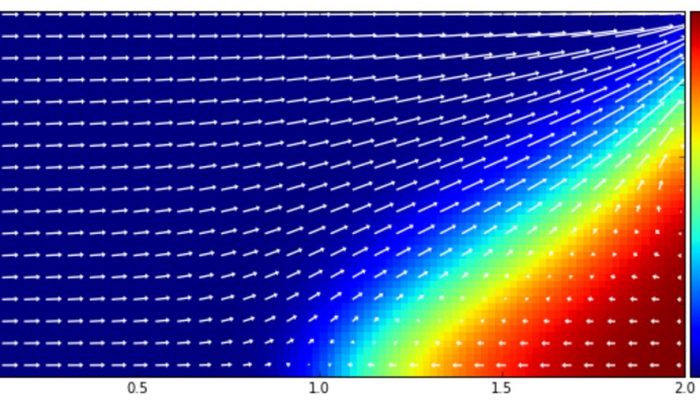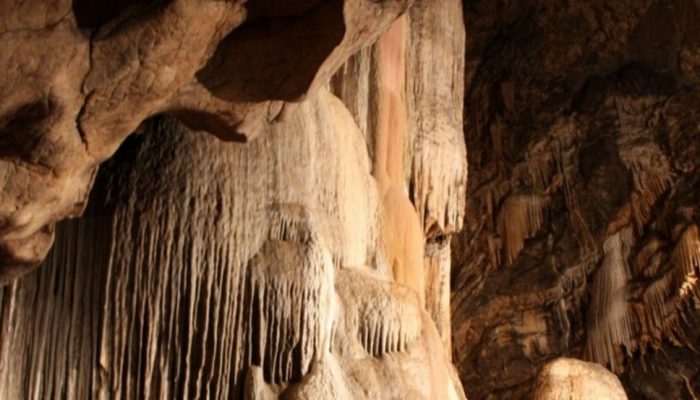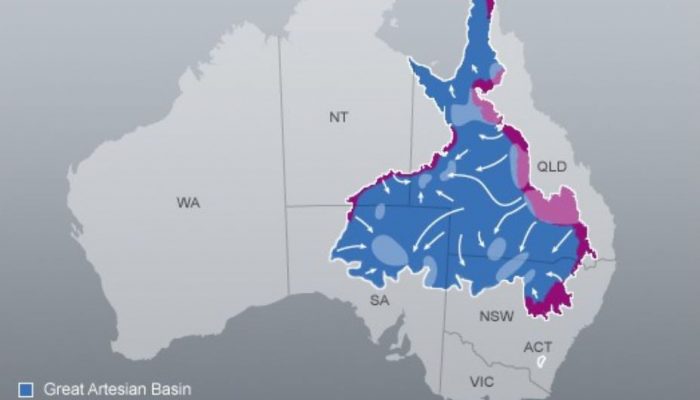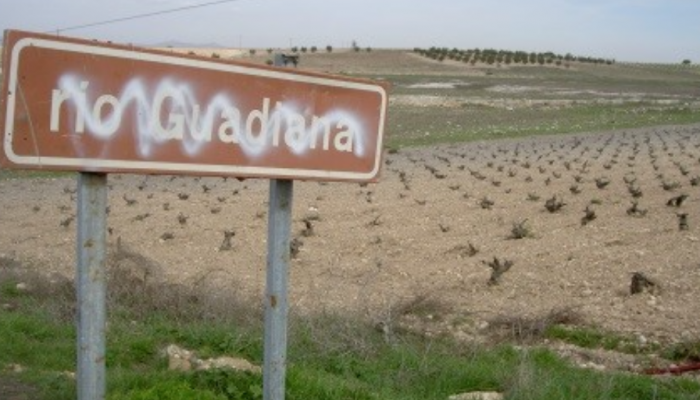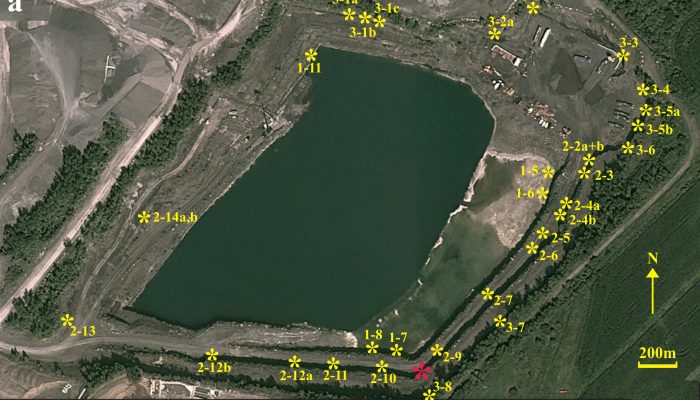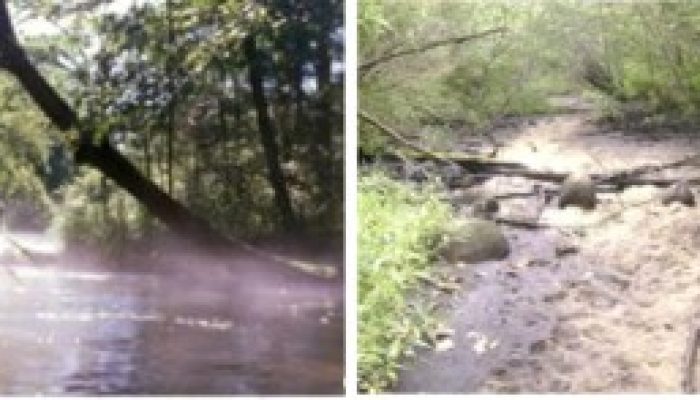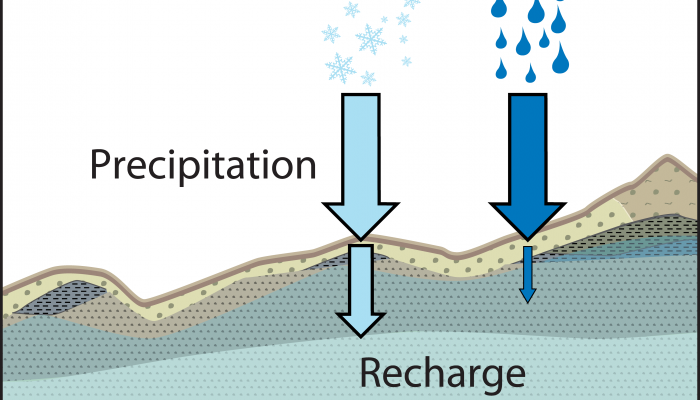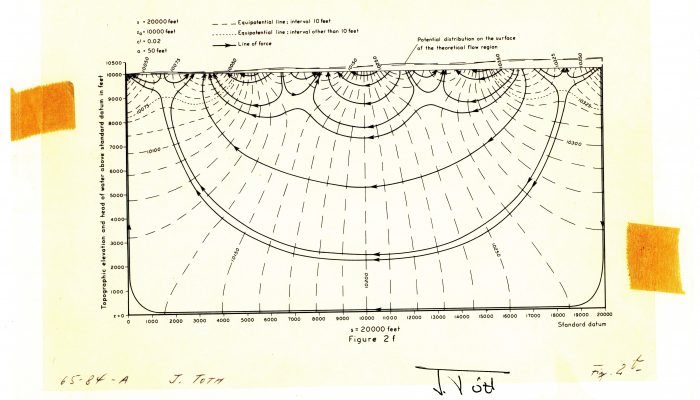By: Sam Zipper, Postdoctoral Fellow, McGill University/University of Victoria When people think of groundwater in agricultural landscapes, pumping and irrigation are usually the first thing that comes to mind. However, groundwater can have a more subtle but extremely important impact on crop production when we decide to leave it underground: When there is shallow groundwater beneath an agricultura ...[Read More]
The great American groundwater road trip: Interstate 80 over the Ogallala Aquifer
Authored by: Sam Zipper – Postdoctoral Researcher in the Department of Civil & Environmental Engineering at the University of Wisconsin-Madison In late July, my wife and I loaded the dog into the car, cranked up the water-related tunes, and drove over a few million cubic meters of water. No, we haven’t traded in our sedan for an amphibious vehicle – rather, we were driving west, a ...[Read More]
FloPy: A Python interface for MODFLOW that kicks tail!
Authored by: Kevin Befus – Assistant professor, Department of Civil and Architectural Engineering at the University of Wyoming Groundwater modeling is getting better. Models are becoming more sophisticated with simpler interfaces to add, extract, and process the data. So, at first appearances, the U.S. Geological Survey’s (USGS) recent release of a Python module named FloPy for preparing, ru ...[Read More]
What caves can teach us about climate, past and present
Authored by: Gabriel C Rau, Associate Lecturer in Groundwater Hydrology at UNSW, Australia Andy Baker, Director of the Connected Waters Initiative Research Centre at UNSW, Australia Mark Cuthbert, Research Fellow in Hydrogeology at the University of Birmingham, UK Martin Sogaard Andersen, Senior Lecturer at UNSW, Australia Have you ever enjoyed the cool refuge that an underground cave offers from ...[Read More]
Protecting springs from groundwater extraction: is a ‘drawdown trigger’ a sensible strategy?
By Matthew Currell – Senior Lecturer at RMIT University Springs, some of which have been flowing for hundreds of thousands of years, have been disappearing in Australia due to human water use over the past century. Following a hotly contested court case, Australia’s Environment Minister imposed a 20cm ‘drawdown limit’ at a set of springs, to protect them from a proposed coal mine. However, this ig ...[Read More]
Human Drought?
By Anne Van Loon – a water science lecturer at the University of Birmingham Recently I published a commentary in Nature Geoscience with the title ‘Drought in the Anthropocene’. In that commentary, my co-authors and I argued that in the current human-dominated world, we cannot study and manage natural drought processes separately from human influences on the water system like water abstraction, dam ...[Read More]
Can we use an infrared camera to tell us how much groundwater is coming out of the side of a cliff?
By Erin Mundy – a plain language summary of part of her Masters thesis Groundwater is an important resource, with approximately 2 billion people around the world using groundwater everyday. Although most groundwater is beneath our feet, sometimes groundwater leaks out of stream-banks, hill sides and cliff faces – this is called groundwater seepage. Current scientific methods are not ab ...[Read More]
Baseflow, groundwater pumping, and river regulation in the Wisconsin Central Sands
By Sam Zipper, postdoctoral fellow at Madison and author of tacosmog.com We often think of groundwater as a nonrenewable reservoir, deep underground, and with good reason – less than ~6% of groundwater globally entered the ground within the past 50 years. However, where a river or stream intersects the water table, water is able to move from the aquifer to the stream (or vice versa). This supply o ...[Read More]
When it snows, it pours (into aquifers)! Recharge seasonality around the world…
Written by Scott Jasechko University of Calgary isohydro.ca twitter.com/sjasechko Groundwater is renewed by rain and melted snow that moves under the ground, a process called groundwater recharge. The percentages of summer versus winter precipitation that make it under the ground are expected to be different for a number of reasons including larger plant water use during the summer, and larger are ...[Read More]
Is research on ‘regional groundwater flow’ stagnant or still flowing?
Written by Brian Smerdon IAH regional groundwater flow commission In the early 1960’s József Tóth published seminal work on the concept of regional scale flow and nested flow systems. His work built on the “theory of groundwater motion” by M.K. Hubbard, and seemed to come along just at the right moment in history of hydrogeology. Armed with József Tóth’s work, the hydrogeologic community (geologis ...[Read More]

